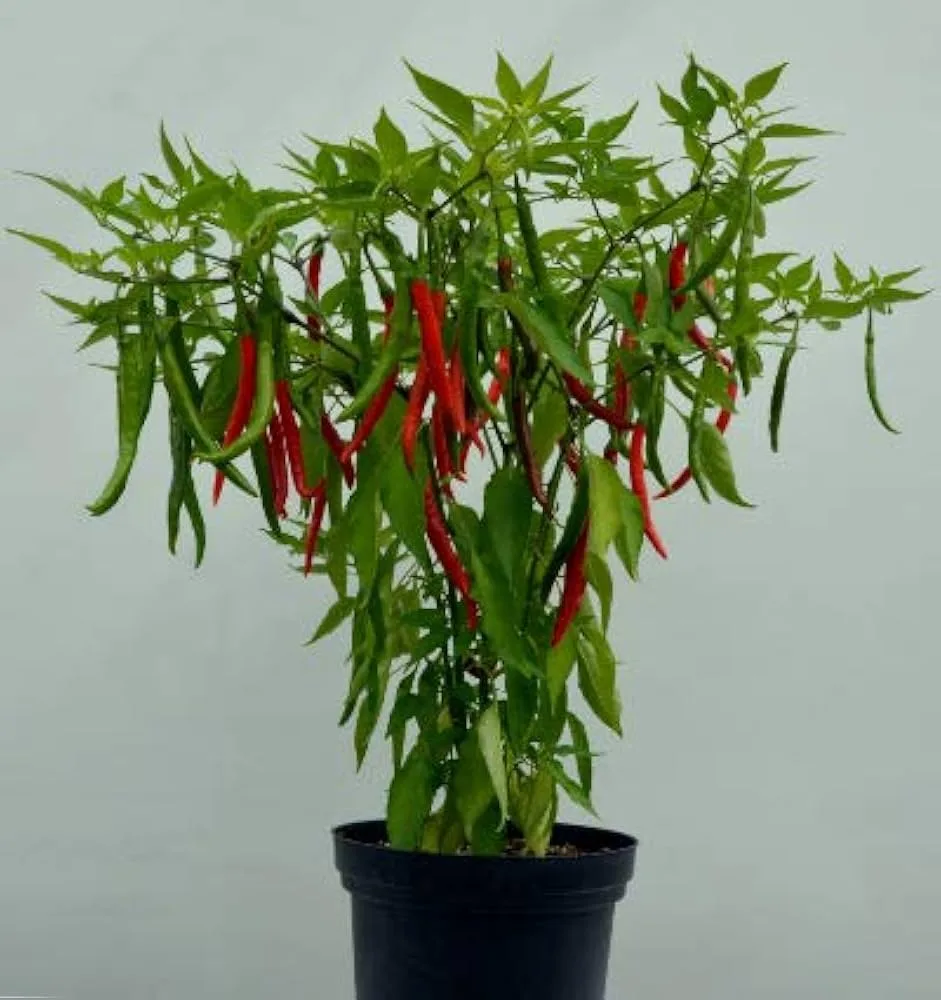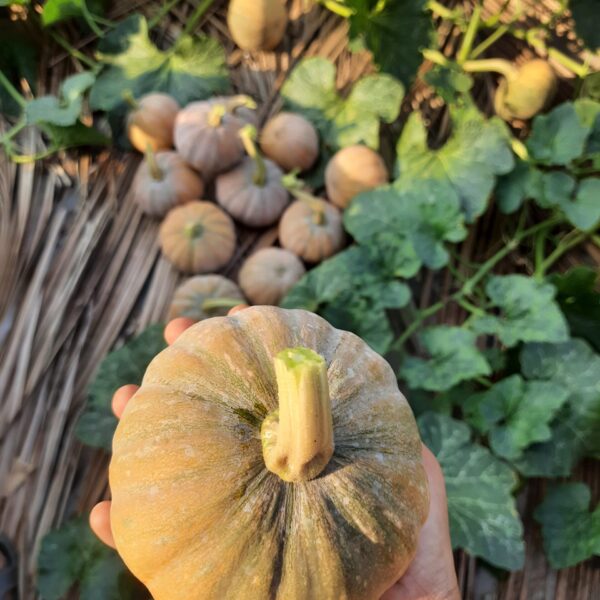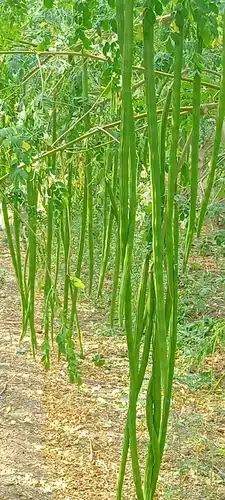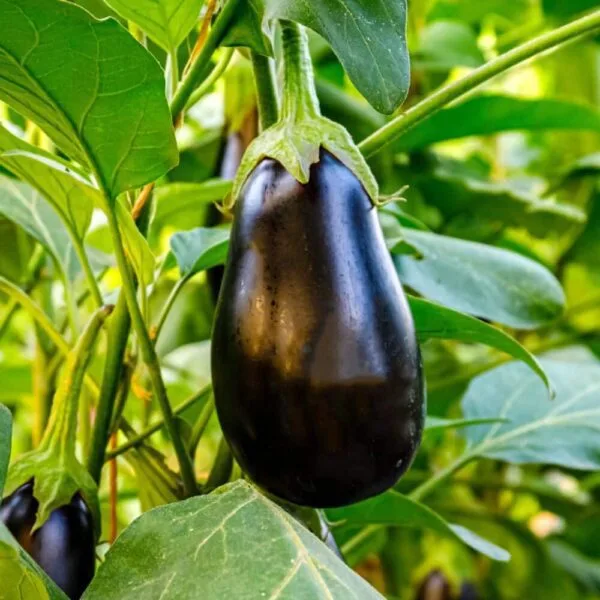Pusa Jwala Chilli Open Pollinated Seeds
Pusa Jwala Chilli Open Pollinated Seeds is one of the most popular and widely cultivated chili varieties in India, particularly in the Gujarat and Rajasthan regions. It is known for its distinctive shape, pungency, and high yield, making it a favorite among farmers and culinary enthusiasts alike. The chili is often used fresh, dried, or ground into chili powder, and it is a common ingredient in Indian cuisine, especially in pickles and spicy dishes.
Here’s an overview of Jwala Chili seeds, including their key characteristics, growing conditions, and uses:
Key Features of Jwala Chili Seeds:
- Scientific Name: Jwala chili is scientifically classified as Capsicum annuum, which is the same species as many common bell peppers and other chili varieties.
- Origin and Popularity: Jwala chili originates from the western regions of India, primarily Gujarat. It is extremely popular for both domestic consumption and commercial cultivation due to its high heat level and distinctive shape. Jwala chilies are especially favored for their use in pickles, curries, and as an ingredient in Indian masala blends.
- Shape and Size: Jwala chilies are small to medium in size, usually measuring between 4 to 6 cm in length. The peppers have a long, thin, and slightly curved shape, which is one of their distinguishing features. The surface of the chili is smooth and glossy.
- Color: The chili starts off as green when unripe and turns bright red when it matures. The color change is a sign of ripeness, and red Jwala chilies are typically harvested for culinary use.
- Heat Level: Jwala chilies are considered to be quite hot, with a Scoville heat rating of around 25,000 to 50,000 Scoville Heat Units (SHU). This makes them medium to hot in terms of spiciness, giving a distinct fiery kick to the dishes in which they are used.
- Flavor Profile: In addition to their heat, Jwala chilies also have a slightly smoky flavor, which adds depth to the dishes. The combination of heat and flavor makes them highly sought after in various Indian cuisines.
- Disease Resistance: Jwala chili plants are relatively resistant to common chili diseases like wilt and blight, which makes them easier to cultivate with lower risk of crop failure.
- Yield: Jwala chili is known for its high yield. The plants produce a large number of small, vibrant red chilies, which makes them a preferred choice for farmers looking to maximize their harvest. It is an excellent option for both home gardeners and large-scale commercial cultivation.
- Climate and Growing Conditions: Jwala chilies thrive in warm and sunny climates. They are well-suited for tropical and subtropical regions, where temperatures range from 25°C to 35°C (77°F to 95°F). The plants prefer well-drained, loamy soil, and they require regular watering but dislike waterlogging. Jwala chilies can be grown in both open fields and greenhouses.
- Ideal Soil: Loamy, well-drained soil with a pH between 6.0 and 7.5 is ideal.
- Sunlight: Full sun is required for optimal growth and fruit production.
- Watering: Regular but moderate watering is necessary. Overwatering can cause root rot, so good drainage is crucial.
- Maturity and Harvesting: Jwala chili plants generally take about 80-90 days from planting to reach maturity, depending on the growing conditions. The peppers are typically harvested when they are bright red and fully ripe.
Benefits for Farmers:
- High Yield: Jwala chili plants are known for producing a large quantity of fruit per plant, making them a lucrative option for farmers.
- Disease Resistance: The variety is resistant to certain diseases, which reduces the need for pesticides and contributes to a healthier crop.
- Market Demand: Given its popularity in Indian cuisine and the demand for dried and ground chili powder, Jwala chili has a strong market value both for domestic and international trade.
- Quick Growing: With a relatively short growing period (approximately 3-4 months), farmers can enjoy multiple harvests in a year, increasing overall productivity.
Uses of Jwala Chili:
- Fresh: Pusa Jwala Chilli Open Pollinated Seeds can be used fresh in various Indian dishes, including curries, stews, and chutneys. They are often added to enhance the heat and flavor of a dish.
- Dried: Jwala chilies are commonly dried and ground into chili powder, which is an essential ingredient in many spice mixes (e.g., garam masala, curry powder) and other seasonings in Indian cuisine.
- Pickles: Jwala chili is one of the main varieties used for making spicy Indian pickles. Its sharp heat and intense flavor make it an excellent addition to tangy and spicy pickles.
- Chili Powder: Dried Jwala chilies are ground into chili powder, which is widely used in Indian cooking for adding heat and flavor to a variety of dishes.
Growing Jwala Chili from Seeds:
- Seed Sowing: Jwala chili seeds can be sown in seed trays or directly in the soil. If starting indoors, plant the seeds about 0.5 cm deep and keep them in a warm, sunny spot.
- Transplanting: When seedlings have grown large enough and the risk of frost has passed, they can be transplanted into the ground or large pots with sufficient space for the plants to spread.
- Care: Regular watering, especially during the flowering and fruit-setting stages, is essential. Additionally, applying a balanced fertilizer will help promote healthy growth and a good yield.
Conclusion:
Pusa Jwala Chilli Open Pollinated Seeds is a hot and flavorful chili variety that is widely cultivated for its culinary uses and high yield. It is a great choice for both home gardeners and commercial farmers, offering strong resistance to diseases, a quick harvest cycle, and a high demand in the market. Its distinct heat and flavor make it a versatile ingredient in Indian cuisine, especially for making spicy dishes and pickles.
Heirloom seeds, native seeds, desi seeds, Jwala chilli seeds, gardening seeds, organic seeds, op seeds, hooga seeds







Reviews
There are no reviews yet.